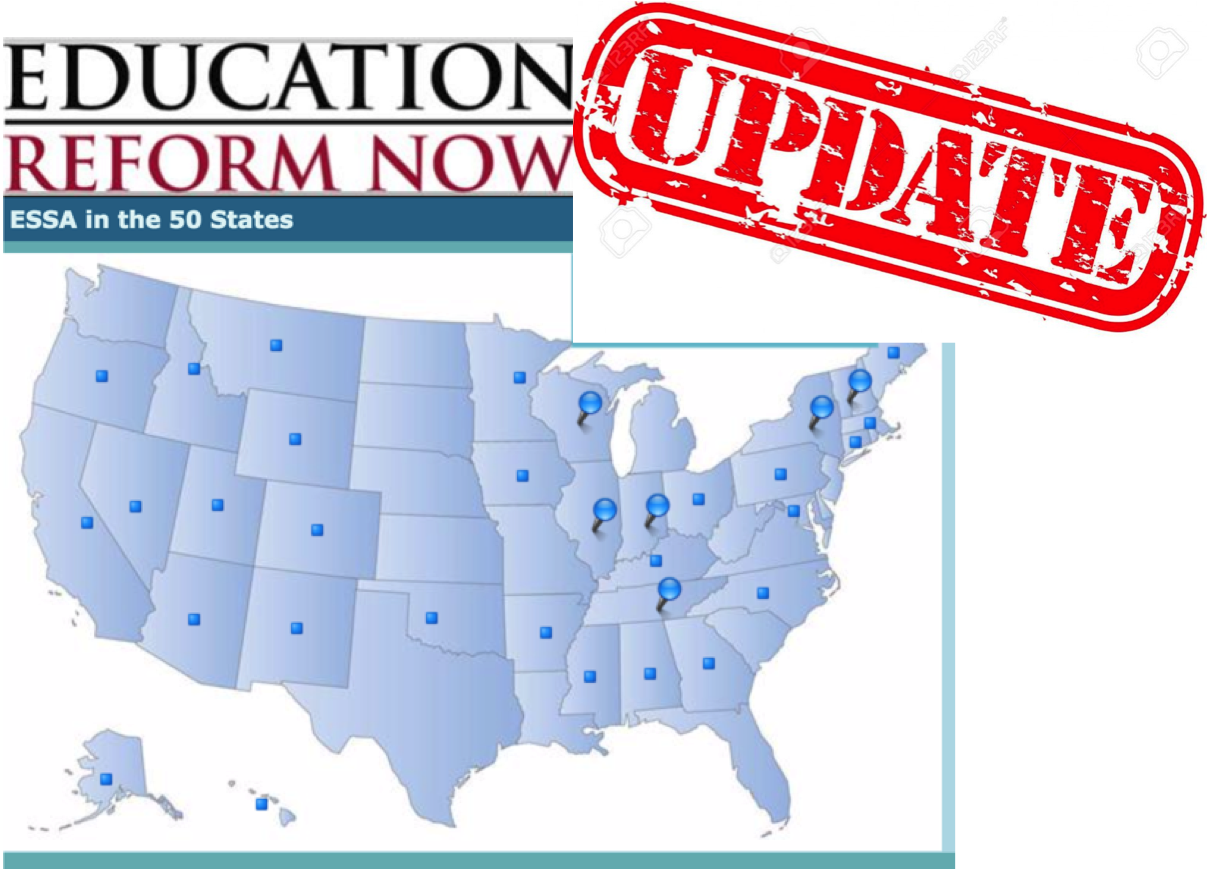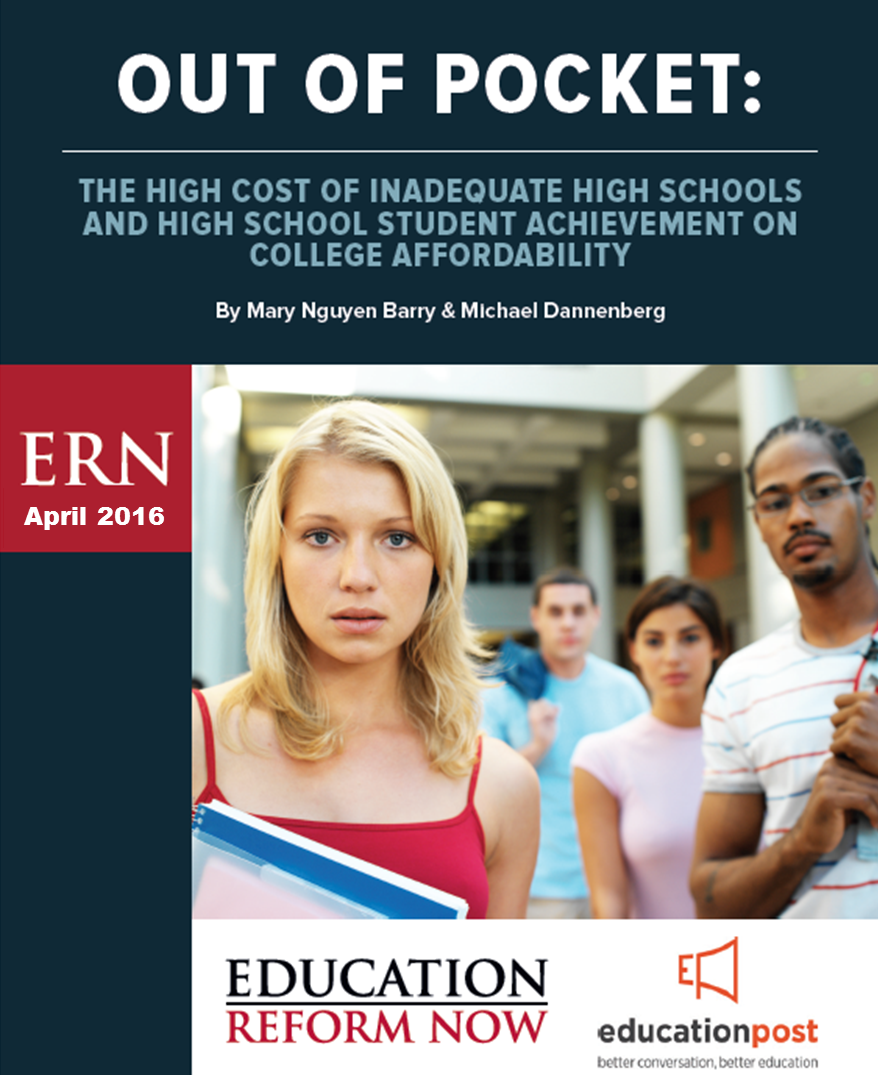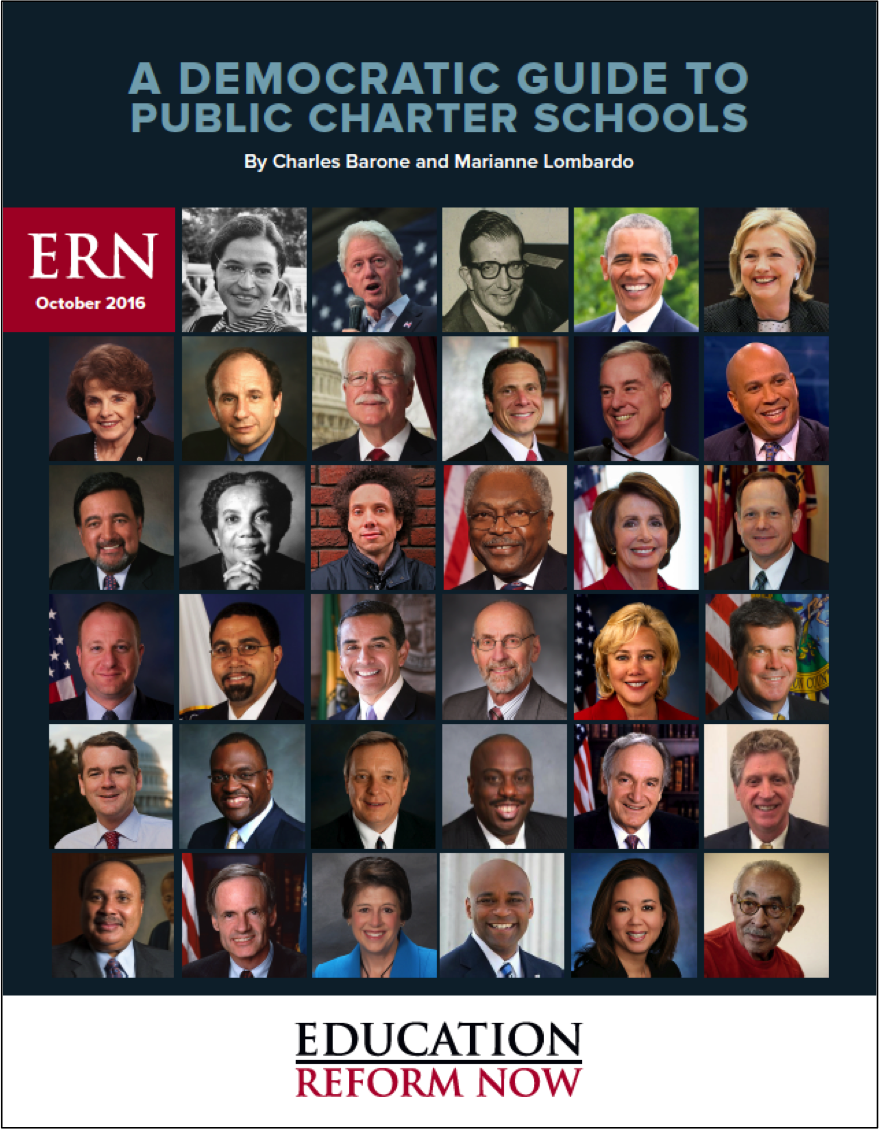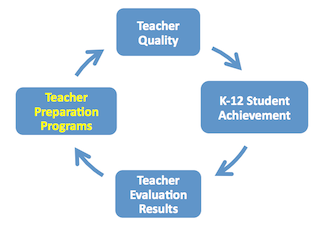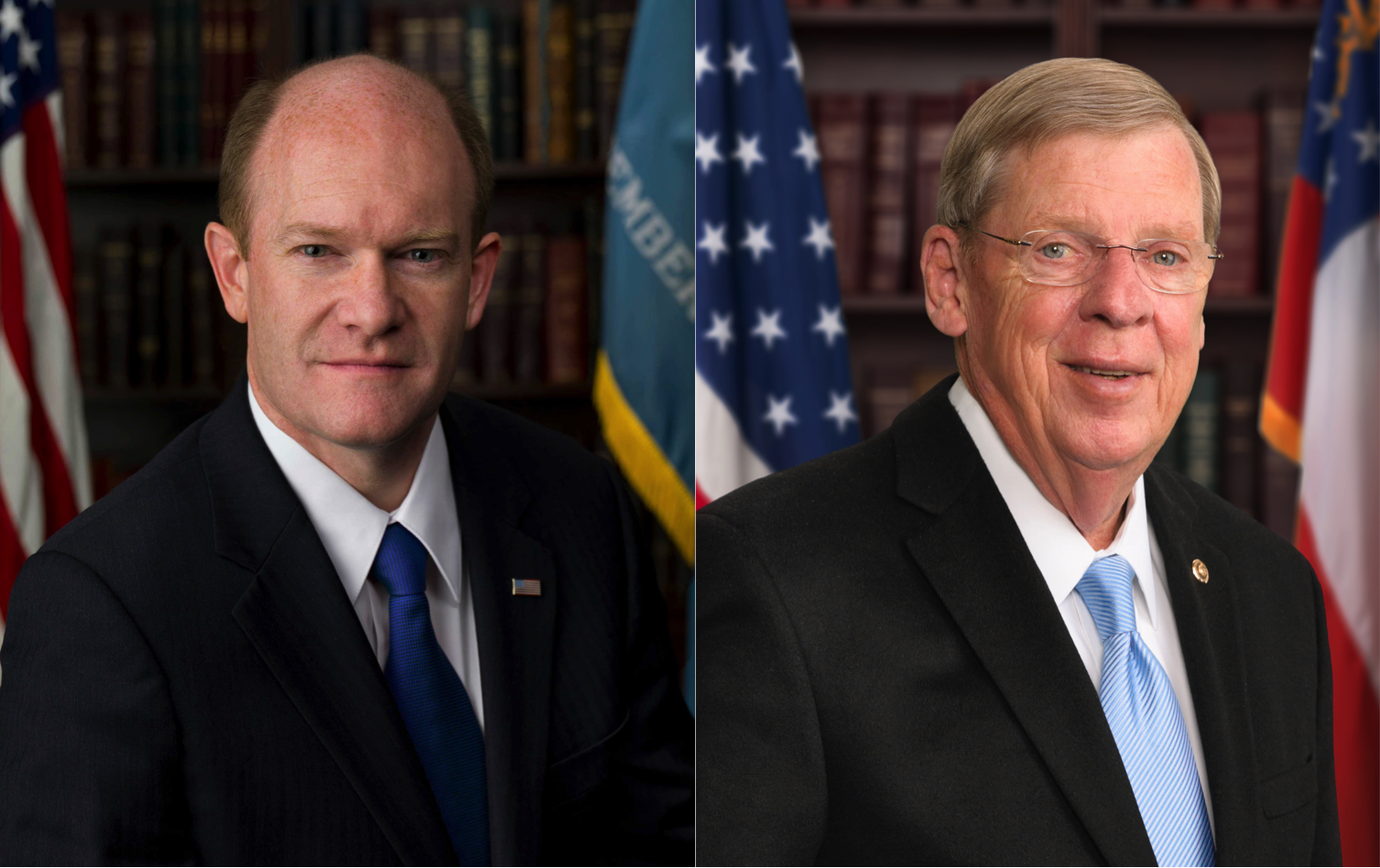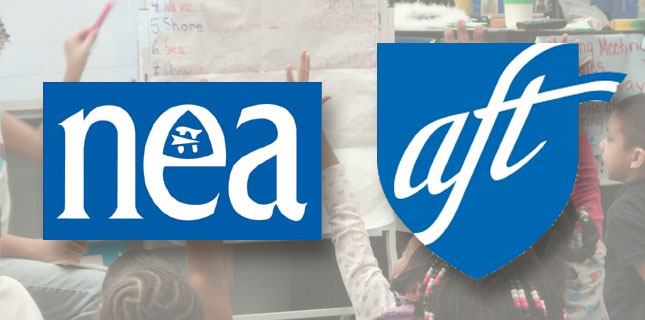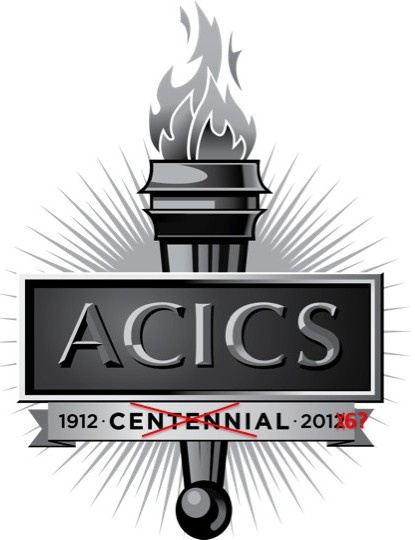As we approach the end of 2016, here’s another look back at some of our year’s most popular content. Here is your top 12 reading list for December and the holiday break. Happy holidays to all and we’ll be back in 2017!
ERNed Media 2016 Year in Review:
Top 12 Reading List from Education Reform Now
1. Every Student Succeeds Act: ESSA State Updates (Post 1 of 16) by Charles Barone
“Who decides whether or not state school report cards are understandable? Can Kentucky get away with identifying fewer low-performing schools than ESSA requires? Is it better to run for Congress as pro-ESSA or anti-ESSA?…This is the first in a series of regular updates on implementation of the Every Student Succeeds Act (ESSA).”
BONUS and RELATED: See all of our posts tracking ESSA implementation here and follow along with our interactive 50-state ESSA implementation map here!
“More than half a million college freshmen—approximately one in four students who enter college the fall after high school graduation – had to enroll in remedial coursework during their first year of college, costing their families nearly $1.5 billion annually. Forty-five percent of those students came from middle and upper income families, according to a new research report from Education Reform Now and Education Post.”
— Our top hit in readership for the year!
3. A Democratic Guide to Public Charter Schools by Charles Barone and Marianne Lombardo
“This issue brief offers a reminder that throughout their history, public charter schools have had strong roots in progressivism and the current public charter school sector, on the whole, reflects Democratic values of equalizing opportunity and empowering local communities.”
BONUS and RELATED: Chin Up, Charter Supporters. Malcolm Gladwell Reminds Us that “Education Reform is a Long Game.”
4. New Teacher Prep Regulation by Michael Dannenberg
“Conceptually, the teacher preparation regulation furthers the President’s legacy on higher education. Obama has extended the higher education policy paradigm from a focus on access and affordability to one that encompasses completion and quality as well. You see it with the for-profit schools and gainful employment. You see it in the transparency & communications efforts on completion. And you’re seeing it here on teacher preparation program quality. Results matter…As my first boss in politics, Senator Pell, used to say, ‘Sometimes you get a loaf of bread one slice at a time.’”
5. A Parent’s Heartbreak to See College Dreams Crushed by Marianne Lombardo
“There’s no heartbreak worse than seeing your child struggle. And when they struggle to make a successful college transition, it can impact the rest of their life. In my son’s case, the public K-12 schools and the college of his dreams got paid, but he got a pink slip.”
BONUS and RELATED: Read one student’s 8-year journey from community college to a bachelor’s degree in “America’s Escalator and Mine: Community College.”
6. An IDEA in Need of a Better Answer by Michael Dannenberg
“Almost everyone in education views IDEA as a law that codifies in federal statute a right to education for children with disabilities. But maybe, just maybe IDEA could also be viewed as a law that codifies a derivative right to education for non-disabled children as well.”
7. Teachers Unions, Do You Really Think It’s Okay to Spend Less on Poor Kids? by Charles Barone
“A bizarre spectacle unfolded in the Senate HELP Committee last week. One day north of the anniversary of Brown v. Board of Education, heads of both major teachers unions argued that it’s ok to spend less on the education of children from low-income families than on their more advantaged peers.”
8. Senators Coons and Isakson Aspire to Higher Education Reform by Mary Nguyen Barry
“While the need for a postsecondary degree has never been greater, our nation’s colleges face gross inequities in their capacity or willingness to meet that demand…Hoping to address these extreme disparities in higher education, Senator Coons and Senator Isakson are introducing legislation today to embolden high-performing colleges to open their doors to more students from working-class and middle-income families while also providing much needed financial support to struggling under-resourced colleges.”
“Now’s the time to channel our pain and seize the moment. Let’s turn the devastating events of last week and beyond – from Dallas and Orlando to cities nationwide – into a focus on our common humanity and make our nation kinder, and as a result, safer. Let’s make it clear that the purpose of education is not only to impart skills, but also to teach young people to see others through eyes of compassion, and to understand that being kind to one another is the highest goal.”
10. The Impact of NEA and AFT on Wages and Achievement by Michael Dannenberg
“A review of a recent National Bureau of Economic Research published paper on teachers unions and collective bargaining that’s getting some attention exemplifies the tightrope we at ERN walk with teachers unions…Calling out a study as flawed or being on opposing sides of some issues is not, in any way, the same thing as being opposed to the other side.”
“We lose far too many of our most effective teachers. TNTP calls these teachers the “Irreplaceables.” It’s not just Beyonce that’s “irreplaceable,” but also teachers in the top 20% of effectiveness: 10,000 teachers of whom scoring in the top 20% of effectiveness leave the nation’s 50 largest school districts each year. This is inexcusable.”
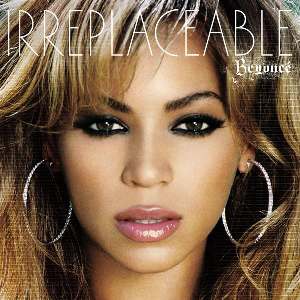
12. Part 1: Good Bye ACICS? Watch Out, Private Colleges by Mary Nguyen Barry
“It’s been a rough week for many for-profit colleges. On Monday, the U.S. Department of Education proposed regulations targeting the for-profit sector. Two days later, ED recommended the elimination of a national accrediting agency that makes hundreds of for-profit colleges eligible for billions of dollars in federal student aid…For-profit colleges – the most predatory and egregious of all college actors – deservedly received priority and action. The underreported story though is that another set of colleges may be rising to become the next tier of low-hanging fruit ripe for reform: small, private non-profit colleges.”
